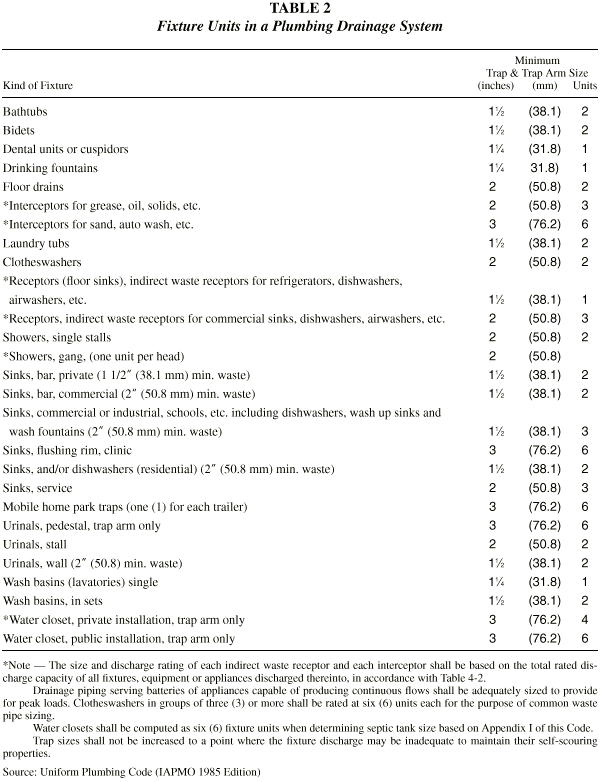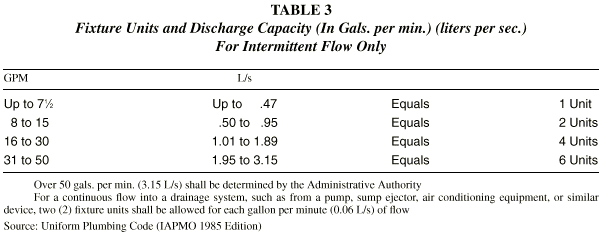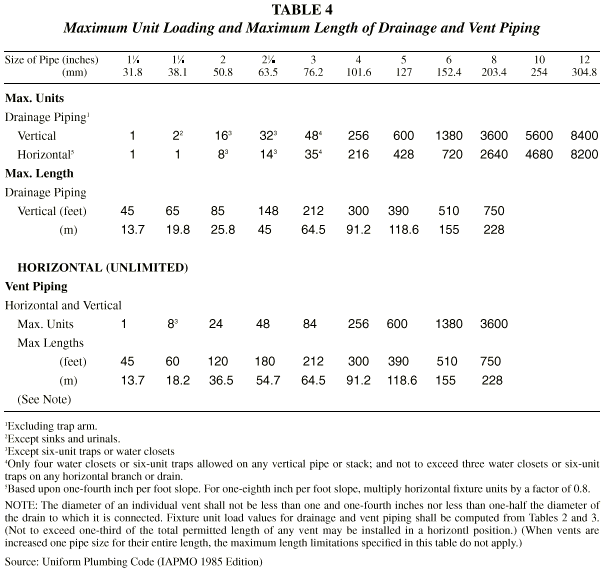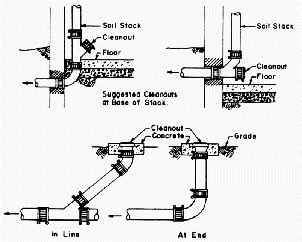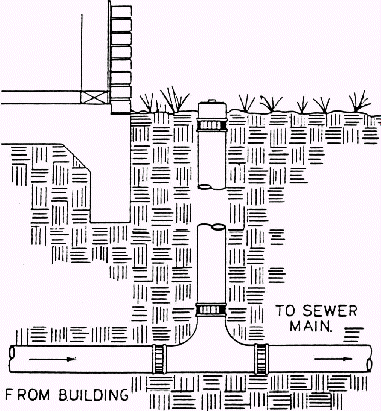Cast Iron Soil Pipe & Fittings HandbookChapter 2 - Installation of Cast Iron Soil Pipe and FittingsInstallation Outside The BuildingExcavation and Preparation of the TrenchThe house or building sewer is the underground pipe line for conveying building wastes from a point outside of the building to the city sewer, septic tank or other means of disposal. The sewer trench should be wide enough to provide room to make the joints, align and grade the pipe. For economy, and to avoid the need for fill under the pipe, the trench should not be dug any deeper than necessary. If care is taken to gage the depth of the trench, the pipe will rest on firm undisturbed soil. Mechanical ditching equipment can be used to obtain a neat, uniform trench at a cost per foot generally lower than hand ditching. Should an unstable condition be found, it may be necessary to over-excavate and place some stable material in the trench on which to place the pipe. Extreme cases such as quicksand or soft muck may require a reinforced concrete cradle or a continuous member supported on a pile foundation to bridge the soft condition. When such extreme conditions develop, a careful examination of the entire area should be made. Advice from qualified engineers and those experienced in soil conditions or foundations may be needed. In deep-trench installations, the possibility of a cave-in is increased, and it will be necessary to shore the walls or vee the trench as a safety precaution.
When the ditch is exposed to the public, barricades should be erected where
required for general safety, and lights should be provided at night.
Line, Grade and Alignment of the House SewerWhen the house sewer is to be connected to a city sewer, the elevation of the invert of the city sewer is important and should be compared with the invert of the house drain. With this information, the grade of the sewer line can be established. A grade of 1/4 inch per foot provides adequate velocity for liquids to carry solids along the pipe.The house sewer should be run in as straight a line as possible, because changes in direction add resistance to the flow and sometimes cause stoppages. A required change in direction can be accomplished with 1/16 or 1/8 bends. If a sharper bend is necessary, a manhole may be justified. It is good practice to provide a cleanout where sharp changes in direction are made, bringing the cleanout up to grade for easy access. On long straight lines, a cleanout is justified every 100 feet. Suggested cleanouts are illustrated in Figures 16 and 17. Once the direction of the sewer line has been determined, "grade stakes" should be established and "batter boards" erected as illustrated in Figure 18. Batter boards are temporary stakes to which a board is nailed or clamped. They are carefully set at a predetermined elevation above the grade line of the sewer. A string, cord, chalk line or wire may be drawn between batter boards in order to check the grade line along the entire length of the sewer.
FIG. 16 - Suggested Cleanouts Using Cast Iron Soil Pipe
FIG. 17 - Twin Cleanout Testing and Inspection of the House or Building Sewer Before the house or building sewer is covered with backfill material, it should be inspected visually for alignment. It is also well to check the grade with a level. A test should be made to assure tightness of the pipe joints from the house to the street or from the house to the septic tank. The test may be stipulated by a code or by the written specifications for the project. It should be tested at 10 ft. of head which is 4.34 psi. Placing the Backfill One of the most important operations in sewer construction is placing the backfill, and it seldom receives the attention it rightly warrants. Methods of backfilling vary with the length and width of the trench, the type and characteristics of the soil, and general site conditions. Frequently, for commercial and residential work, architects and engineers will write specifications for the backfill to be placed in 6-inch layers, thoroughly tamped. Grading machinery such as the bulldozer or front-end loader is often used for backfilling. This is an easy way to fill the trench. Unless the backfill is replaced in layers and tamped, it will settle with time and leave a partially filled trench. Puddling the backfill, or water flooding for consolidating the soil, is sometimes used but it is not always recommended. At certain seasons of the year and with soils of certain characteristics, it may cause difficulty, especially if it freezes or tends to float the sewer out of alignment. Chapter V gives details of proper bedding and backfilling procedures. Maintenance of the House Sewer Maintenance of the sewer consists principally of preventing stoppage, cleaning the sewer if necessary, and repairing if damaged. Preventive measures can be taken against stoppage. Certain items should never be put in a sewer; these include broken glass, pieces of metal, rock, gravel, sand, feathers, paints, glue, hair, mortar, pieces of rubber, plaster, lumber, cement, and certain liquids. It is unwise to deposit flammable liquids, oil, grease, or certain gases into the sewer system. Some city and state ordinances prohibit steam, steam condensate, and concentrated corrosive acids from being deposited into the sanitary sewer. Not only can these items cause stoppage and damage to the sewer system, but they are sometimes difficult to handle when they reach the sewage treatment plant. They require floating, or settling, or screening out, and this can make operation of the plant costly when an excessive volume is received. Wastes from laundries, packing houses, creameries, bakeries, garages, hotels and restaurants, when deposited in the sanitary sewer system, can cause trouble along the sewer line and at the sewage treatment plant. Grease can be removed by having a properly sized and properly connected grease interceptor. It should be inspected and the grease removed at regular intervals. Clogging of soil and waste lines can often be attributed to improper sizing of pipe and faulty workmanship during installation. A well designed plumbing system provides a smooth interior waterway where the solids and the semisolids in suspension can be efficiently carried away. When correctly sized waste lines discharge into an oversized line, the velocity changes to a slower rate and this reduces the scouring action. Where a sewer is carrying greasy waste, if there is an area where a cooler temperature may affect the line, the grease may solidify and coat the interior of the pipe causing a stoppage. Heavier solids settle to the bottom of pipes and traps where grease adheres. The use of lye and certain trade named chemicals to clear lines is seldom recommended. They sometimes cause soap to be formed from the grease and the pipe becomes clogged even tighter than before. Such cleaners may damage glazed earthenware, porcelain, and enamel surfaces if improperly used. Flexible coiled wire augers and sewer rods are usually far more effective and do less damage to the system. If installed below the frost line, sewers should not be affected by low temperatures. Handbook Table of Contents
|
